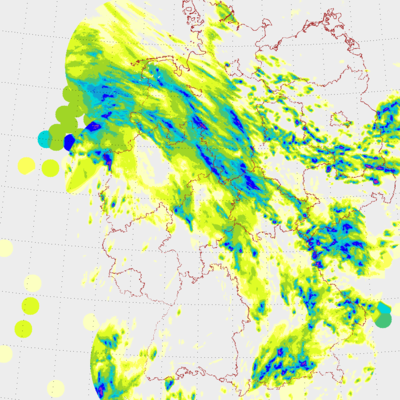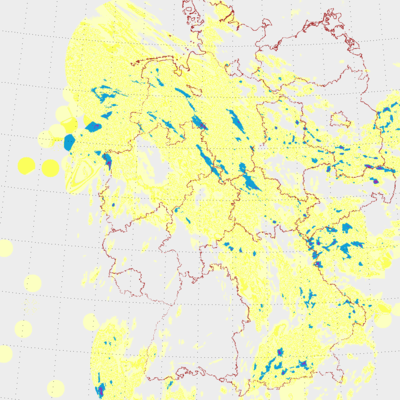Difference between revisions of "Workdocumentation 2018-08-18"
Jump to navigation
Jump to search
| Line 26: | Line 26: | ||
// the bias and scale it (RADVOR FX, dBZ) | // the bias and scale it (RADVOR FX, dBZ) | ||
return toDBZ(conv) | return toDBZ(conv) | ||
| + | } | ||
| + | |||
| + | // rvp6Raw converts the raw value to radar video processor values (rvp-6) by applying the | ||
| + | // products precision field. | ||
| + | func (c *Composite) rvp6Raw(value int) float32 { | ||
| + | return float32(value) * float32(math.Pow10(c.precision)) | ||
} | } | ||
</source> | </source> | ||
Revision as of 17:34, 18 August 2018
// rvp6LittleEndian converts the raw two byte tuple of little endian encoded composite products
// to radar video processor values (rvp-6). NaN may be returned when the no-data flag is set.
func (c *Composite) rvp6LittleEndian(tuple [2]byte) float32 {
var value int = 0x0F & int(tuple[1])
value = (value << 8) + int(tuple[0])
if tuple[1]&(1<<5) != 0 { // error code: no-data
return NaN
}
if tuple[1]&(1<<6) != 0 { // flag: negative value
value *= -1
}
conv := c.rvp6Raw(value) // set decimal point
// little endian encoded formats are also used for mm/h
if c.DataUnit != Unit_dBZ {
return conv
}
// Even though this format supports negative values and custom
// precision they do not make use of this and we still have to subtract
// the bias and scale it (RADVOR FX, dBZ)
return toDBZ(conv)
}
// rvp6Raw converts the raw value to radar video processor values (rvp-6) by applying the
// products precision field.
func (c *Composite) rvp6Raw(value int) float32 {
return float32(value) * float32(math.Pow10(c.precision))
}

